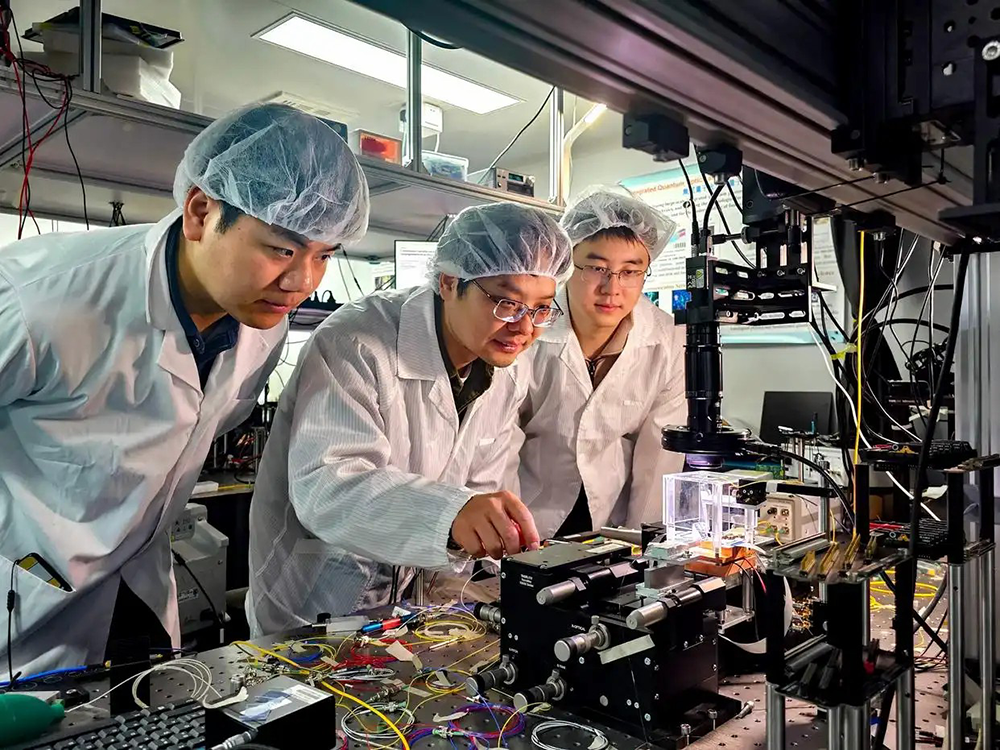
my country's quantum technology research has made a breakthrough. On the 20th, Nature magazine published an important research result, in which a Chinese scientific research team successfully achieved the world's first "continuous variable" quantum entangled cluster state based on an integrated photonic quantum chip. Relevant experts said that this achievement filled the key technology gap of photonic quantum chips using continuous variable encoding, and also laid an important foundation for the large-scale expansion of photonic quantum chips and their application in quantum computing, quantum networks and other fields.
Integrated photonic quantum chips are advanced platforms that can encode, process, transmit and store photonic quantum information at the micro-nano scale. How to achieve large-scale quantum entanglement on photonic quantum chips is a difficult problem in international quantum research. Quantum entangled cluster states, as a typical multi-bit quantum entangled state, are the core resources of quantum information science. However, their deterministic and large-scale preparation face huge experimental difficulties, especially the preparation and verification technology of photonic quantum chips with continuous variable cluster states is still blank in the world.

The picture shows Professor Wang Jianwei (center) and his team members testing integrated photonic quantum chips in a Peking University laboratory. (Photo provided by the interviewee)
After years of research, the research team led by Professors Wang Jianwei and Gong Qihuang of Peking University and Professor Su Xiaolong of Shanxi University has successfully overcome key technical bottlenecks, innovatively developed continuous variable photonic quantum chip control and multi-color coherent pumping and detection technology, achieved deterministic and reconfigurable entangled cluster state preparation, and experimentally verified the cluster state entanglement structure.
Wang Jianwei introduced that quantum bits can be realized on optical quantum chips through discrete variable coding and continuous variable coding. In order to prepare quantum bits with ultra-high fidelity, discrete variable coding based on single photons was usually used in the past, but the success rate of this method decreases exponentially with the increase in the number of quantum bits. To this end, the team used a continuous variable coding method based on light fields to solve the "probability" problem of preparing quantum bits and quantum entanglement, and for the first time realized the "deterministic" generation of quantum entangled cluster states on the chip.

The picture shows Jia Xinyu, a doctoral student at Peking University and the first author of the paper, showing an integrated photonic quantum chip. (Photo provided by the interviewee)
"This is a new breakthrough made by Chinese scientists in the field of integrated photonic quantum chip technology." Gong Qihuang said that this original achievement provides a new technical path for the preparation and manipulation of large-scale quantum entangled states, and is of great significance to promoting the practical development of fields such as quantum computing, quantum networks and quantum simulation.
The reviewer of Nature magazine commented: "This work realizes multi-bit continuous variable quantum entanglement on a photonic quantum chip for the first time, which is an important milestone in scalable photonic quantum information processing."